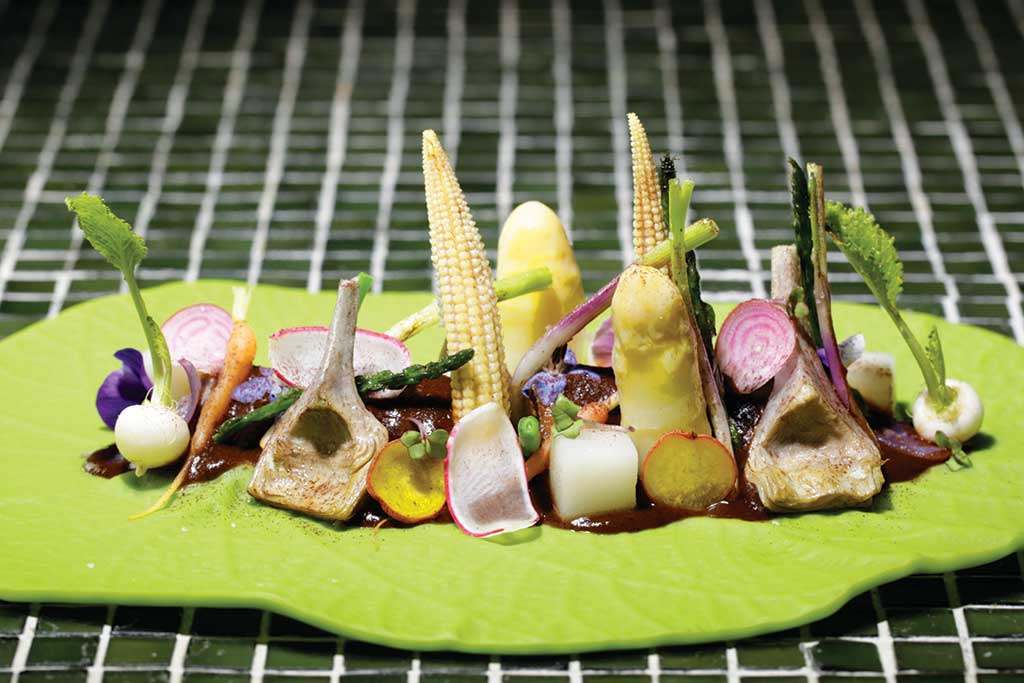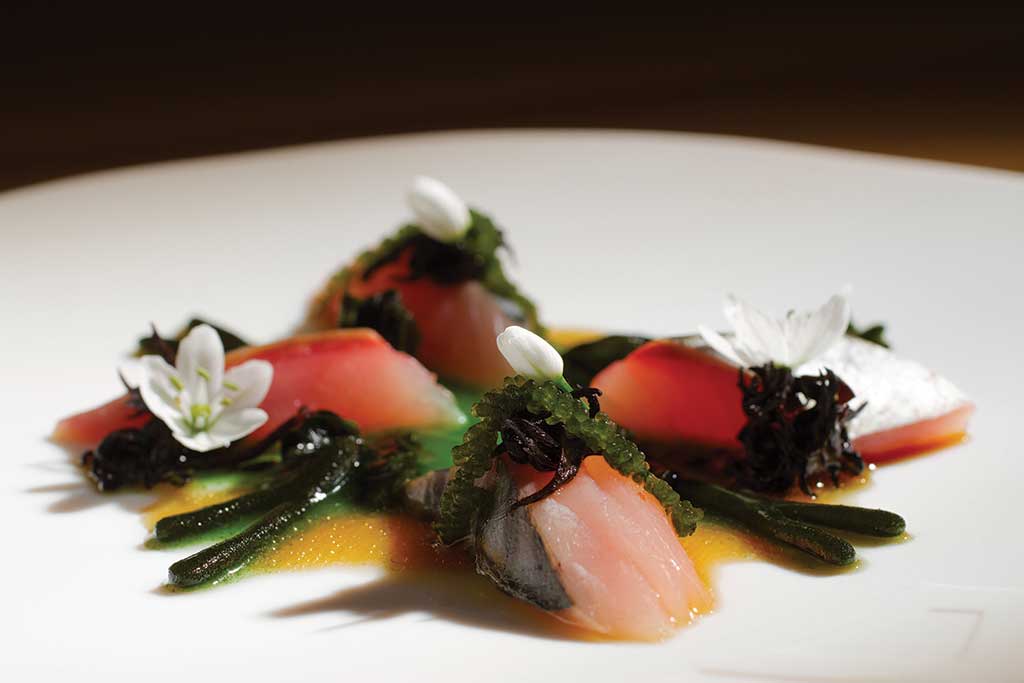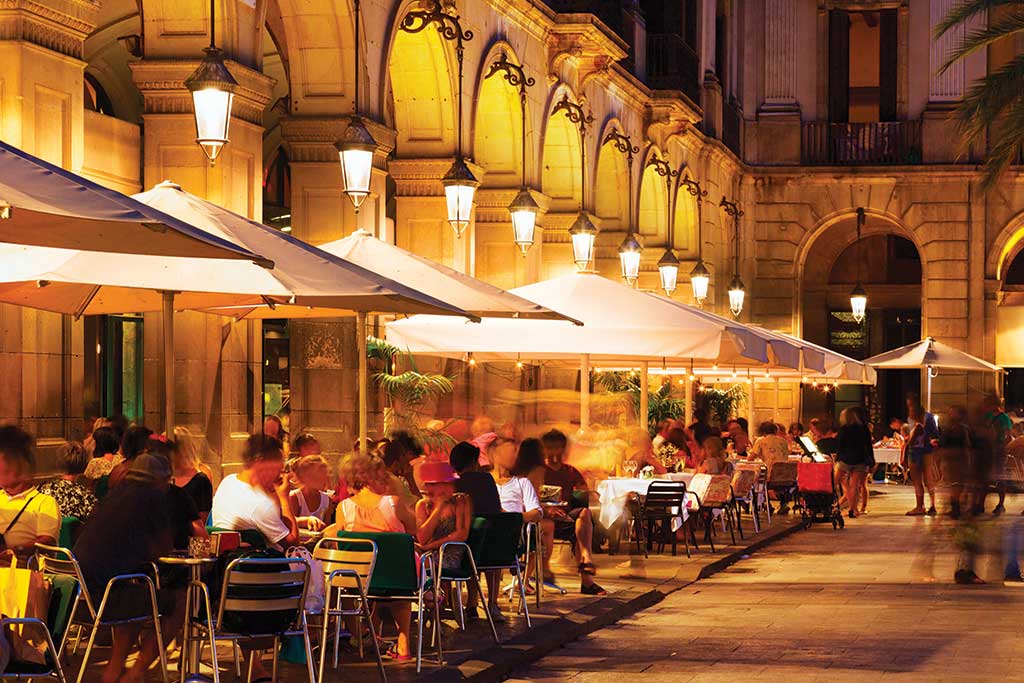According to an August 2015 report from LGBT Capital, an investment firm based in London and Hong Kong focused on the LGBT consumer market, Spain is Europe’s most valuable LGBT travel destination, with in-bound gay and lesbian visitors pumping in some $6.8 billion to the economy. That puts Spain second behind the US ($21.5 billion) among the 14 global nations counted in the report.
From Alicante to Zaragoza, Spain calls gay travelers to some 11 destinations country wide, but few come as hot as beautiful Barcelona. From bustling Eixample (locally, Gaixample), the city’s gay epicenter to the nude beaches of seaside gay-magnet Sitges, southwest of the city, Catalonia’s capital sizzles year-round.
With flamboyant fiestas including the legendary Sitges Carnival (February), Bear Pride (March), Pride Barcelona (late June into early July), and wild Circuit Festival (which celebrated its 10th anniversary this August) for visitors to enjoy, count Barcelona’s globally recognized culinary scene among the seductions, too.

1900 Crunchy Seaweed at Bodega CREDIT Moisés Torne
From its beachfront snack bars (xiringuitos) to its 23 Michelin-starred restaurants, Barcelona’s food scene runs as hot as its men. Even going for coffee here is on an amorous level, per the Catalan phrase “Fotem un café?” or “Let’s make love to a coffee.” On that appetite-whetting possibility alone, here are just a few of the myriad ways to eat your heart out in Barcelona.
LA BOQUERIA
With Catalonia designated the European Region of Gastronomy for 2016, Catalan cuisine, reaching back to medieval days has lasting African and Arabic influences, exemplifying the saying that “the history of the world is found on the plate.”
Based primarily on ingredients cultivated, foraged, and harvested from Catalonia’s bountiful seas, valleys, and mountains, the Catalan menu dances to its own exotic beat. Typically cooked in wine, brandy, or extra-virgin olive oil from some of the oldest olive trees in Europe, Catalan dishes characteristically contrast sweet and spicy or sweet and sour accents. Meat and fish are frequent partners, with fruit and nuts often stepping in and desserts like crema cremada (burnt cream or Saint Joseph’s cream) sweetening the food-fiesta.
This is true “home cooking,” and there’s no better way to prime your Barcelona culinary adventure than exploring some of the city’s 39 food markets. With its undulating, brightly patterned roof, Santa Caterina (www.mercatsantacaterina.com), from 1845, is a must-see. The other is the ultimate resource and reference point for Catalonian gourmands, chefs, and restaurateurs, the Mercado de la Boqueria (La Rambla, 91. Tel: +34-933-182-584. www.boqueria.info).
World-renowned Catalonian Chef Ferran Adrià describes La Boqueria as “a gastronomic temple, a place that congregates all the phases in the food chain, from the producers, harvesters, butchers, and fishmongers who provide the food, to the individual and professional clients who wander through this magnificent, characteristic maze of traders in charge of the market stalls.”

Hoja Santa mole pasilla CREDIT Moisés Torne
Founded around 1200, this living history portal is exemplified by treasures like Bar Pinotxo (www.pinotxobar.com). From beef stew to succulent berbercheros (cockles), get your first taste of Barcelona at this legendary tapas bar, where proprietor Juanito Bayén, 82, has worked since childhood and was honored by the city this year at a ceremony attended by Adrià and other leading chefs.
El BARRI ADRIÀ
Is it possible that Ferran Adrià will ever revive elBulli, his three-Michelin-starred temple of molecular gastronomy? While the wishful thinking continues, elBulli DNA (one of his follow-on concepts) lives on at projects like the partnership with his younger brother and former elBulli Chef Albert.
El Barri Adrià (Tel: +34-606-225-545. www.elbarriadria.com/en), their six-restaurant hub in Barcelona’s historic, culturally diverse Poble Sec (Dry Town) district could happily consume your entire visit.
Served by three Metro stations, Poble Sec’s theatrical legacy (such as El Molino, from 1898, originally Le Petit Moulin Rouge and a must for saucy cabaret and burlesque) influenced the Adriàs’ Michelin-starred Tickets and its La Vida Tapa menu. Leaving “no room for boredom, sadness or loneliness,” elBulli-inspired follies include the “miniairbag stuffed with manchego cheese foam” and “Around the World with 12 Oysters, such as the “Trip to Hokaido,” featuring oysters with grilled watermelon consommé.
At intimate Bodega 1900, elBulli memorabilia decorate the walls while wafer-thin slices of cured Galician beef enliven the tongue. Stylish Pakta (Together, Union), the brothers’ Michelin-starred Peruvian-Japanese nod to Nikkei cuisine, features tasting-menu bites such as Wagyu beef, baby octopus in ink, and chocolate popcorn. Nino Viejo (old child) is their nod to Mexican street food; Hoja Santa salutes Oaxacan cuisine; and for a touch of suspence, Enigma is where “there is no way to know what the menu will be.”

Manchego Cheese Mini Airbags at Tickets COURTESY El Barri Adria
DISFRUTAR
Only 8,000 out of the million or so people who reportedly tried each year scored a table at elBulli. If you are in that 99.2 percent club and still longing for a chance, yet another opportunity to experience the magic (for significantly fewer euros) is at Disfrutar (Carrer Villarroel, 163. Tel: +34-93-348-68- 96. www.disfrutarbarcelona.com).
Opened in December 2014, this is the second post-elBulli concept from three of its former chefs de cuisine, Mateu Casañas, Oriol Castro, and Eduard Xatruch. Located in the Eixample district facing the recently renovated historic El Ninot Market (Market of the Child), this stylish restaurant has won industry acclaim (most notably one Michelin star) and customer favor for its more accessible and affordable approach to elBulli’s often gonzo avant-gardism.
With an award-winning design that features a central corridor passing through the kitchen en route to the brightly cast dining room, the constantly changing tasting menu, one small, one slightly larger, follows the Catalan tradition of using the day’s best available market tidings.
At Disfrutar (enjoy), that can mean departures in any number of directions, from Moroccan-style pigeon to pigeon consommé with mushrooms. Ever tried soup of caviar pasta and coconut, a gazpacho sandwich, or sea-cucumber noodles? The elBulli influence is strong, but restrained, which many observers feel is a good thing. Catalan classics are also observed, such as the razor clams with seaweed in salt, while desserts like the almond gnocchi with elderflower amber guarantee satisfying finales.

Pakta Mackerel with Codium at El Barri Adria COURTESY El Barri Adria
BLAVIS
Without fuss or hoopla, welcoming owners Pablo (front of house) and Marc (the chef) share their obvious heartfelt passion for food and cooking at rave-reviewed Blavis (Carrer Saragossa, 85. Tel: +34-935-18-20-05. www.facebook.com/restaurantblavis). The model of “authentic local flavor,” it’s the very restaurant I hesitate to write about for fear of giving away a hid- den secret, but since the word is already out (Blavis was recommended to me by a trusted British ex-pat friend), here we go.
Advantageously removed from the tourist fray on a narrow street in the Gracia district, the restaurant declares its lack of pretension with straightforward décor and subdued lighting. That’s a fitting canvas for the artful tapas-driven menu, which uniquely fuses Catalan and Basque fundamentals with Asian and Latin accents. Every affordably priced bite, from the signature eggplant carpaccio with goat cheese and tomato bread to the prawn ceviche to the pulled pork with nachos and guacamole, was excellent. Don’t miss the Blavis salad, either, deliciously mixing arugula with pears, blue cheese, and hazelnuts. There’s an extensive wine list, and well-prepared desserts including sweet pancakes and chocolate fondat.
As my friend had promised, the restaurant buzzes with the bonhomie of people enjoying excellent food, its owners included. As he also advised, book ahead. Blavis only seats around 14 people, with two dinner seatings every night except Sunday.
LA CONFITERÍA
Paris? Buenos Aires? Place and time get gloriously lost in La Confitería (Carrer de Sant Pau, 128. Tel: +34 931 40 54 35), a time-capsule gem in the El Ravel neighborhood where faithfully preserved vin- tage décor, antique liquor bottles, dynamite cocktails, and an Almodovar-worthy cast of patrons provide ready transport to 1912 Barcelona. That was the year this original confectionery shop opened, before lapsing into dive bar mode and then being revived as this evocative cocktail bar. Roll up around midnight, past the surge, and with the art deco exterior beckoning you in, find a seat at the bar and let the yesteryear ambiance enfold you as you embark on well-curated inebriation over the next three hours.
Retro cocktails are au courant right now in Barcelona, and La Confitería’s friendly mixologists are alchemic masters of the art. My journey began with the “Alice in Wonderland” gin cocktail, served in a tea cup, and with that first head poke into the rabbit hole, the “Drink Me” parade began in earnest. Back on terra firma the next morning, barely, I recalled the night’s other potions, including the Tiki Mojito, Long Island Ice Tea, and served in a jam jar, a custom concoction involving candied figs and apricots. Also in the ether of my recollection, conversations and charcuterie, both full of flavor, and the faintest memory of floating out of this atmospheric time machine smiling like the Cheshire Cat.


